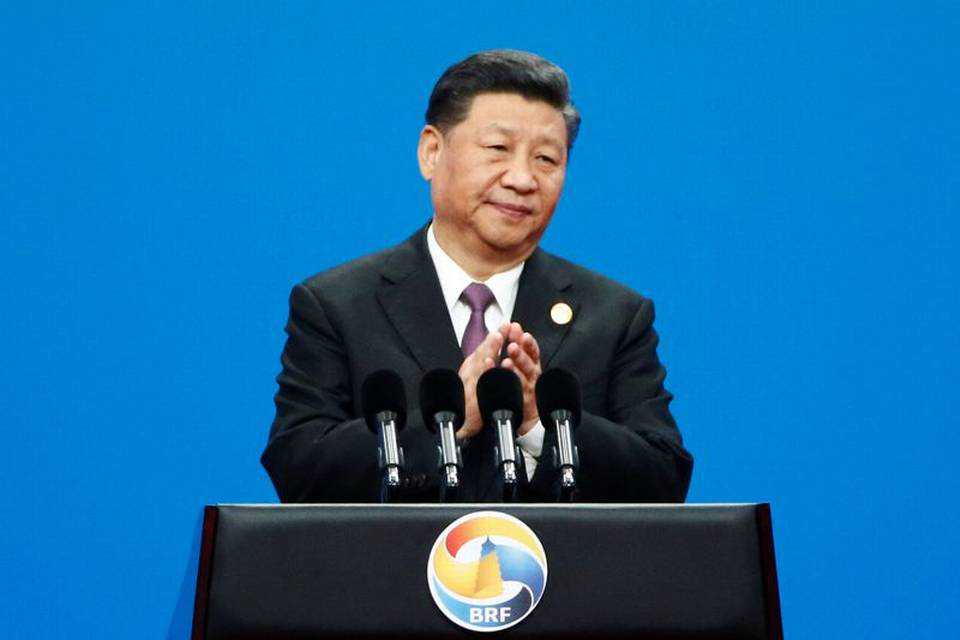Bangladesh-China-India-Myanmar (BCIM) Economic Corridor no longer listed under BRI umbrella

Image collected
South Asia is covered by three major undertakings—the China-Myanmar Economic Corridor (CMEC), the Nepal-China Trans-Himalayan Multi-dimensional Connectivity Network, including Nepal-China cross-border railway, as well as the China Pakistan Economic Corridor (CPEC).
India’s decision to skip the Belt and Road Forum (BRF) may have led to the exclusion of the Bangladesh- China- India- Myanmar (BCIM) Economic corridor from the list of projects covered by the China-led Belt and Road Initiative (BRI) umbrella.
In an annex tagged with the Joint Communiqué of the Leaders' Roundtable of the BRF, which concluded in Beijing on Saturday, the Chinese foreign ministry website has not listed the BCIM as a project covered by the BRI—the giant connectivity initiative speared by China to revive the ancient Silk Road across Eurasia and Africa.
Instead, South Asia is covered by three major undertakings—the China-Myanmar Economic Corridor (CMEC), the Nepal-China Trans-Himalayan Multi-dimensional Connectivity Network, including Nepal-China cross-border railway, as well as the China Pakistan Economic Corridor (CPEC).
Citing “sovereignty” concerns, India, for the second time, has not officially participated in the BRF, as CPEC—a flagship of the BRI—passes through Pakistan occupied Kashmir (PoK).
The 2800 km BCIM corridor proposes to link Kunming in China’s Yunnan province with Kolkata, passing though nodes such as Mandalay in Myanmar and Dhaka in Bangladesh before heading to Kolkata.
Significantly, a report titled, “The Belt and Road Initiative Progress, Contributions and Prospects,” released by the Leading Group for Promoting the Belt and Road Initiative of the Communist Party of China (CPC) on April 22 does list the BCIM as a BRI project.
“Over the past five years or so, the four countries [of the BCIM] have worked together to build this corridor in the framework of joint working groups, and have planned a number of major projects in institutional development, infrastructure connectivity, cooperation in trade and industrial parks, cooperation and opening up in the financial market, cultural exchange, and cooperation in enhancing people's wellbeing,” says the report.
Last September, the BRI had got a high octane boost when Myanmar — facing the heat from the West because of the Rohingya refugee crisis — inked an agreement with Beijing to establish the CMEC.
The 1,700-km corridor provides China yet another node to access the Indian Ocean. The CMEC will run from Yunnan Province of China to Mandalay in Central Myanmar. From there it will head towards Yangon, before terminating at the Kyaukpyu Special Economic Zone (SEZ) on the Bay of Bengal. Last August, the Industrial and Commercial Bank of China (ICBC) opened a new center in Yangon, which could help fund some of the CMEC driven projects, China’s state-run Xinhua news agency had reported.
The CMEC will also reduce Beijing’s trade and energy reliance on the Malacca straits — the narrow passage that links the Indian Ocean with the Pacific. Chinese planners worry that the military domination over the Malacca straits of the United States — a country with which it is already engaged in a trade war — can threaten one of China’s major economic lifeline.
Earlier, speaking to The Hindu, Long Xingchun, Associate Professor of China’s West Normal University, had said that, “The CMEC was proposed during Chinese Foreign Minister Wang Yi’s visit to Myanmar in November 2017, because India has not been acting on the BCIM sub regional cooperation proposal. So it is better for China to go for bilateral cooperation with Myanmar and simultaneously wait for India’s participation.”
At a press conference ahead of the BRF, which was formally inaugurated on Saturday, Mr. Wang, the state councilor and foreign minister, was emphatic that ties between India and China were insulated from their differences on the Beijing-led Belt and Road Initiative (BRI). He had also stressed that China-India ties had a “bright future” and the two countries were preparing for a summit between their leaders as a follow-up to last year’s two-day across-the board Wuhan informal summit between President Xi Jinping and Prime Minister Narendra Modi.
The Nepal-China Trans-Himalayan connectivity network listed by the annex starts from Chengdu, from where it is linked to Tibet by the Sichuan-Tibet Highway, or the Sichuan-Tibet Railway. It is proposed that the railway from Tibet will be further extended to Kathmandu, via Ya’an, Qamdo, Lhasa and Shigatse. Chinese planners visualise that that railway will be eventually connected with the Indian railway network, linking China and India across the Himalayas.
Source: https://www.thehindu.com
Previous Story
- Bangladesh eyes alternatives to China’s belt and road...
- China’s Belt and Road fits into Bangladesh’s priority:...
- Feature: Huawei plants seeds so technology can blossom...
- Foxconn Reportedly Shifts Away from Phone Manufacturing
- Footwear exports to US: China down, Bangladesh up
- Cotton prices unscathed despite trade war
- DSE working to woo China investors
- Belt and Road a win-win for Bangladesh, China